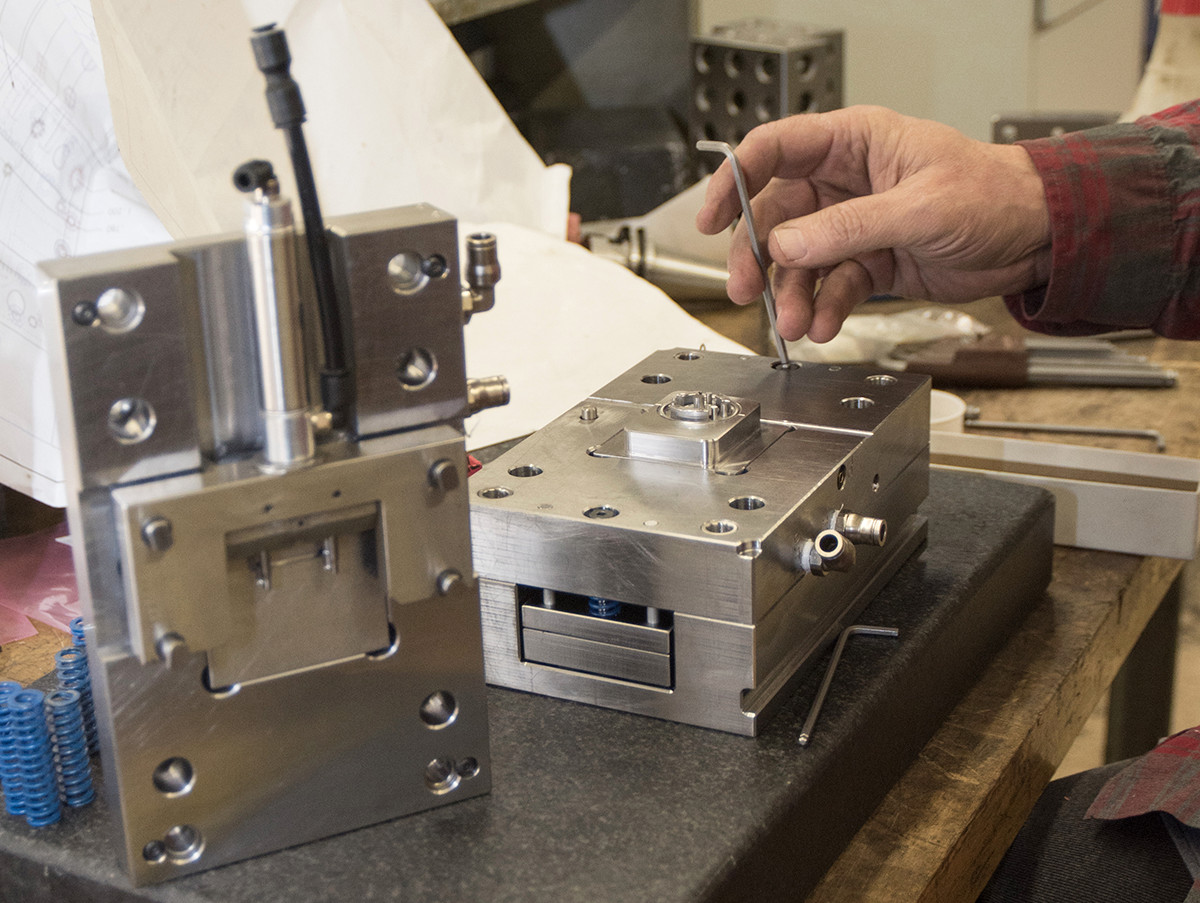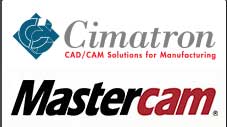How can a prototype be manufactured if injection molding is a manufacturing process?
Our definition of injection molded prototypes at Preferred Tool is several hundred to a thousand pieces created from single cavity, low-cost tooling. The manufacturing process for injection molded prototypes is the same as for mass production, but the tooling and the parts are different.
Here are some differences:
Typically, injection molded prototypes do not have as robust tooling as the final product. Aluminum or softer steel is often used in tooling to reduce the cost of the materials and the labor. This reduces the yield of the tool.
Prototypes of injection molded parts are made in order to prove that the design is feasible. Most of the costs are associated with the tooling. It is relatively inexpensive to produce the parts, so little effort is put into the tool to make them run faster. However, mass production emphasizes the price of the product. A tool that can produce parts as quickly as possible lowers their cost. Tooling design can be altered significantly as a result of this change in focus.
Since mass production focuses on cost, reducing labor is crucial. Investing in robots to handle parts that come off a tool can be afforded by mass producers because the costs of the robotic equipment might be high initially, but will eventually balance out as large quantities of the product are produced. To produce an injection molded prototype, it’s faster and cheaper to manually eject a few hundred parts from a tool than to spend time and money automating a robot.
Injection molding isn’t always necessary and is more popular in some industries than others. Those in industries with tight timelines and/or who produce offshore rarely take this step anymore. It is essential for industries that need more evaluation before a product can be launched.
Injection molded prototypes are used before full production for a number of reasons:
The product will be mass produced in very large quantities. If this is the case, then before you invest in expensive multi-cavity tooling (in which a single tool can produce 64 parts or more), you should ensure that the engineering is sound and the product functions properly with the production materials used. This assurance can be provided by producing hundreds or thousands of injection molded prototypes.
Before mass production, you should conduct consumer research. You should make injection molded prototypes in this case since your consumer research will be more convincing if the product you give your consumer researchers is as similar to the final product as possible. Injecting several hundred prototypes allows you to do an accurate consumer test and also allows you to make changes to the design based on their feedback before mass production.
Consumers must test your product extensively before it can be released. Then you should test a prototype that is as close to the final product as possible. As long as the materials and the production method are identical, you can mimic the injection molded prototype assembly to fine-tune the assembly process before going into full-scale production if the product is complicated.
To ensure your distributors know exactly what they are purchasing, you should show them a completed part. Many customers will not make a purchase decision based on a sketch or partially formed idea. Therefore, an injection molded prototype will help prove your product’s validity and increase sales.
Injection molded prototypes are usually priced differently from mass production items. You have two costs in mass production: tooling and piece price. Setups and color changes aren’t a big deal in mass production since the costs get balanced out after a large quantity is produced. Over the course of a mass production process, even pennies add up quickly, so even a few pennies in the piece price cost can be very significant. Mass production costing may be calculated to 4 or 6 decimal places in order to evaluate costs and reduce them by fractions of a penny.
Injection molded prototypes are typically made at the same time as the mold. A change of color or material in mass production mode, however, will have a significantly greater impact on the costs because it takes so much longer than producing a few hundred parts in a short amount of time.
Before moving forward with mass production, it can be helpful to make a few hundred to a thousand injection molded prototypes. You can display a definitive finished product to consumers, distributors, and salespeople, and test the product fully before investing in costly mass production tooling.


